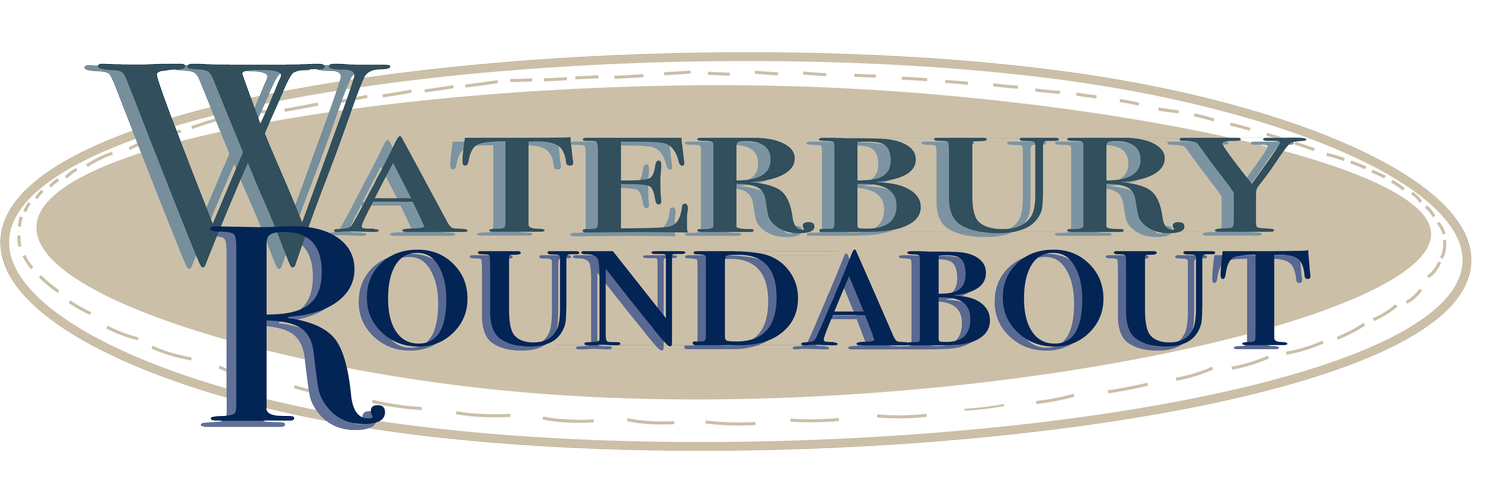COMMENTARY: VT Fish & Wildlife shows us who’s really in charge
November 27, 2024 | By John AberthA recent article published in the Vermont Fish & Wildlife Department’s 2024 Vermont Hunting and Trapping Guide entitled, “A Word of Thanks to Vermont’s Trappers,” illustrates the inherent bias and resulting obstacles to truly scientific, objective management of Vermont’s furbearer species (e.g. otters, bobcats, foxes).
Among the encomiums lavished on trappers are: “conservation-minded,” “community scientists,” “responsible,” and “self-regulating.” This is all part of Fish and Wildlife’s marketing ploy to elevate the image of trappers, whose numbers are dwindling and represent just 0.15% of Vermont’s population. What’s even more concerning is that Furfey and Commissioner Christopher Herrick starred in a trapping propaganda film created by the Vermont Trappers Association that was full of misinformation and fear tactics. Herrick and Furfey drew a political line in the sand, referring to the majority of Vermonters who oppose trapping as “animal rights extremists,” which couldn’t be further from the truth. They are supposed to work for all Vermonters, not for any special interest group.
Every one of the department's claims as to how trappers “contribute” to furbearer conservation in Vermont can be refuted or shown to be without foundation. For example, trapping is not an effective means of population control of furbearers because it indiscriminately targets members of a species, and indeed can hardly target one species over another in the typical leghold or conibear trap (i.e., a lynx or a marten can just as easily be caught in a trap set for a bobcat or a mink).
A healthy animal is just as likely to be caught in a trap as a diseased one; a male is just as likely to be caught as a female; a young animal is just as likely to be caught as a mature one; and so on.
In general, furbearer species self-regulate their populations based on the carrying capacity of the land, or in other words, depending on the quantity of prey or other food available, and in accordance with the internal dynamics of the colony or pack. There is therefore no need for trapping to keep these populations “in balance” with the landscape. Indeed, trapping can interfere with these self-regulation dynamics and therefore be counterproductive. There is also no need for trapping to resolve human-animal conflicts when so many non-lethal and more sustainable solutions are available and have been for a long time.
Trapped carcasses do provide “data” for the department, such as how many animals are being poisoned by “environmental toxins” such as rodenticide. But this is also a Catch-22, in that trapping also places its own stressors on furbearer populations and the trapping lobby inhibits the department from acting on this data.
For example, it has been found that 100% of fishers, a key predator species that plays an important role in maintaining healthy ecosystems, tested positive for rodenticide. At the same time, the Catch Per Unit Effort (CPUE) data – a way to measure population trends – has indicated that the fisher population has been in decline since at least 2000. Such data argue strongly for two actions: 1) that rodenticide use be curtailed, and 2) that trapping of fishers be temporarily suspended until the population recovers.
The Department and Fish and Wildlife Board has thus far refused to do either of these things, despite petitions submitted in support. Indeed, when Protect Our Wildlife petitioned the Board in 2021 for a suspension of trapping of fishers, the Department and Board denied it.
When the Department fails to act upon the clear implications of its own data, how can the public trust its intentions? A new petition for a moratorium on fisher trapping was heard at the most recent Fish & Wildlife Board meeting in October. However, I don’t hold out much hope that they’ll respond any differently to this one than they did in 2021 despite further evidence that the fisher population is at risk.
Although the department claims that trapping is "humane,” the bottom line is that the actual mechanics of the steel-jawed leghold trap argue against this: The trap's powerful jaws will slam shut upon whatever limb or portion of its face that an animal uses to trigger the trip pan of the trap. Even when the department was tasked with coming up with Best Management Practices for trapping in accordance with Act 159 (passed in 2022), it came up short. When reviewed by the Legislative Committee on Administrative Rules, which is charged with reviewing rule-making by all state agencies, the department's proposed trapping regs were deemed insufficient.
All of this strongly suggests that management policy decisions with regard to wildlife are being made out of political deference to the Vermont Trappers Association, rather than in accordance with sound scientific principles and the wishes of the vast majority of Vermonters.
For this reason, the best thing lawmakers could do is to ban recreational trapping, which is counterproductive to so many of the department's goals including protecting wildlife habitat such as the wetlands created by beavers and protecting endangered species like the lynx and marten. Lynx and martens don’t stand a chance in Vermont when they can be just as easily ensnared in a trap set for a bobcat, coyote, mink or other “furbearer.”
Making up reasons to justify trapping is not only disingenuous, it is harmful to true conservation. So, in response to trappers’ desire to continue their recreational pursuits, we should say, “Thanks, but no thanks.”
The Vermont Fish & Wildlife Department’s annual publication, Vermont Hunting and Trapping Guide: Official Regulations, is online as a downloadable PDF. Printed copies are also available around the state wherever hunting licenses are sold. More information on hunting regulations is online on the department’s website here and more on trapping is online in the department’s Vermont Furbearer Management Newsletter.
John Aberth is a resident of Roxbury.
